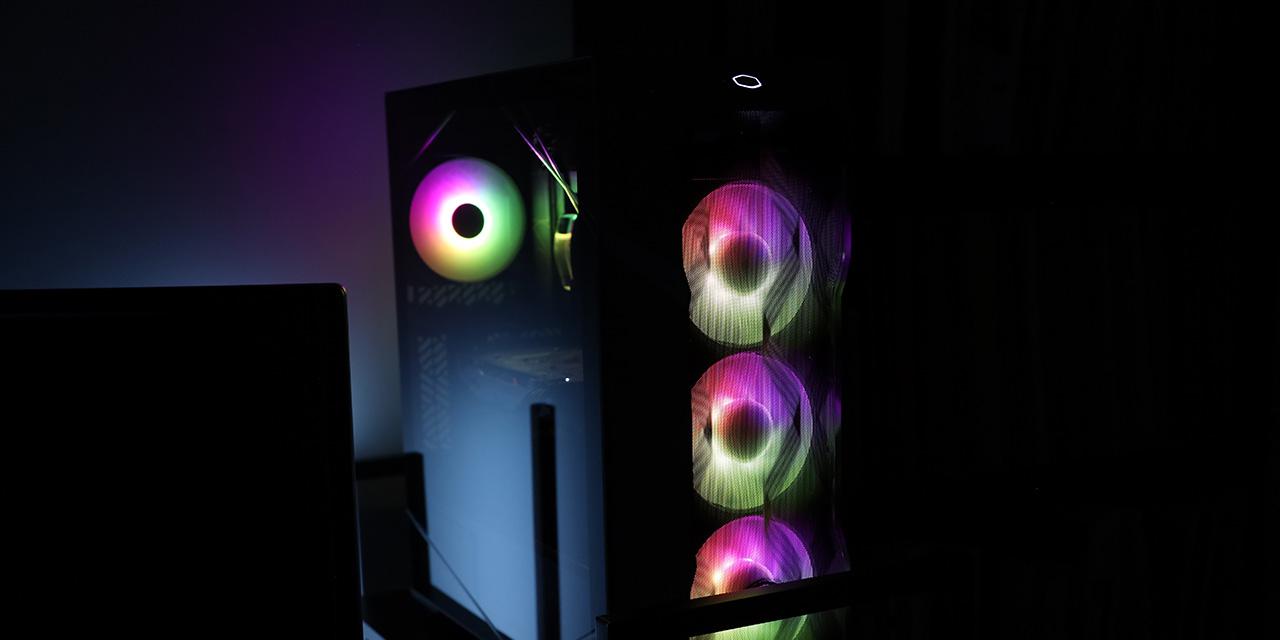|
From X-bit Labs: Back at the Consumer Electronics Show 2012 Lenovo Group quietly introduced its IdeaPad Yoga concept: a laptop that can be easily converted into a tablet thanks to an innovative construction. According to a vice president of Lenovo, this concept can absolutely redefine the markets of both notebooks and tablets. "The Yoga is a good example of where we see the industry going. It’s part of a vision that says that I don’t necessarily want to carry all these different things. I can use it as a tablet - it is a pretty reasonable tablet - and I can use it as a notebook, and it is a very good notebook. Ultrabook technology gives us the ability to create something that’s thin. A thin notebook combined with that very innovative hinge and the right software, and suddenly it comes alive," said Peter Hortensius, senior vice president of Lenovo’s product group, in an interview with LaptopMag web-site. The Lenovo IdeaPad Yoga concept is based on Microsoft Windows 8 and therefore relies on two graphical interfaces: on "classic" Windows 7 interface and on "modern" Windows Phone Metro interface. Thanks to use of advanced hinges, Intel ultra low-power microprocessor and other innovative technologies, the Yoga can operate both in notebook and tablet modes. Lenovo admits that the there are tradeoffs in Yoga design: lack of anti-spill keyboard, generally poor Windows Phone platform and some other. At the same time it is obvious that carrying an ultra-thin laptop and a tablet results in weight that is about the same as an old-generation 14"/15" notebook from the early 2000s. One device seems to be clearly better in terms of portability than two. On the other hand, a high-end laptop, like Lenovo ThinkPad X-series with all the bells and whistles that Lenovo has to offer, is clearly better than a notebook with trade-offs. A tablet tailored for consumption of content, such as Apple iPad, is clearly better than a sub-par slate oriented on creation of content. View: Article @ Source Site |
 |
Laptop-Tablet Hybrids May Redefine the Market: Lenovo
© Since 2005 APH Networks Inc. All trademarks mentioned are the property of their respective owners.





